It smells beautiful here.
Welcome to the most fragrant history lesson you'll ever take. This isn’t your grandma’s potpourri circle—this is a smoky deep dive into the ancient, mystical, medicinal, and occasionally weird world of incense. Step aside, drugstore incense sticks that smell like a gas station in a yoga outfit.
We’re taking it back to the roots—literally. This irreverent, nose-tingling course dives into the wild, weird, and wondrous history of incense: from ancient temples and desert caravans to modern-day herbal rebels.
You’ll learn why our ancestors burned herbs in caves, why monks got high on frankincense, and how plant smoke can do more than set the vibe—it can clear microbes from the air, calm your nervous system, and open your lungs (and maybe your third eye, too).
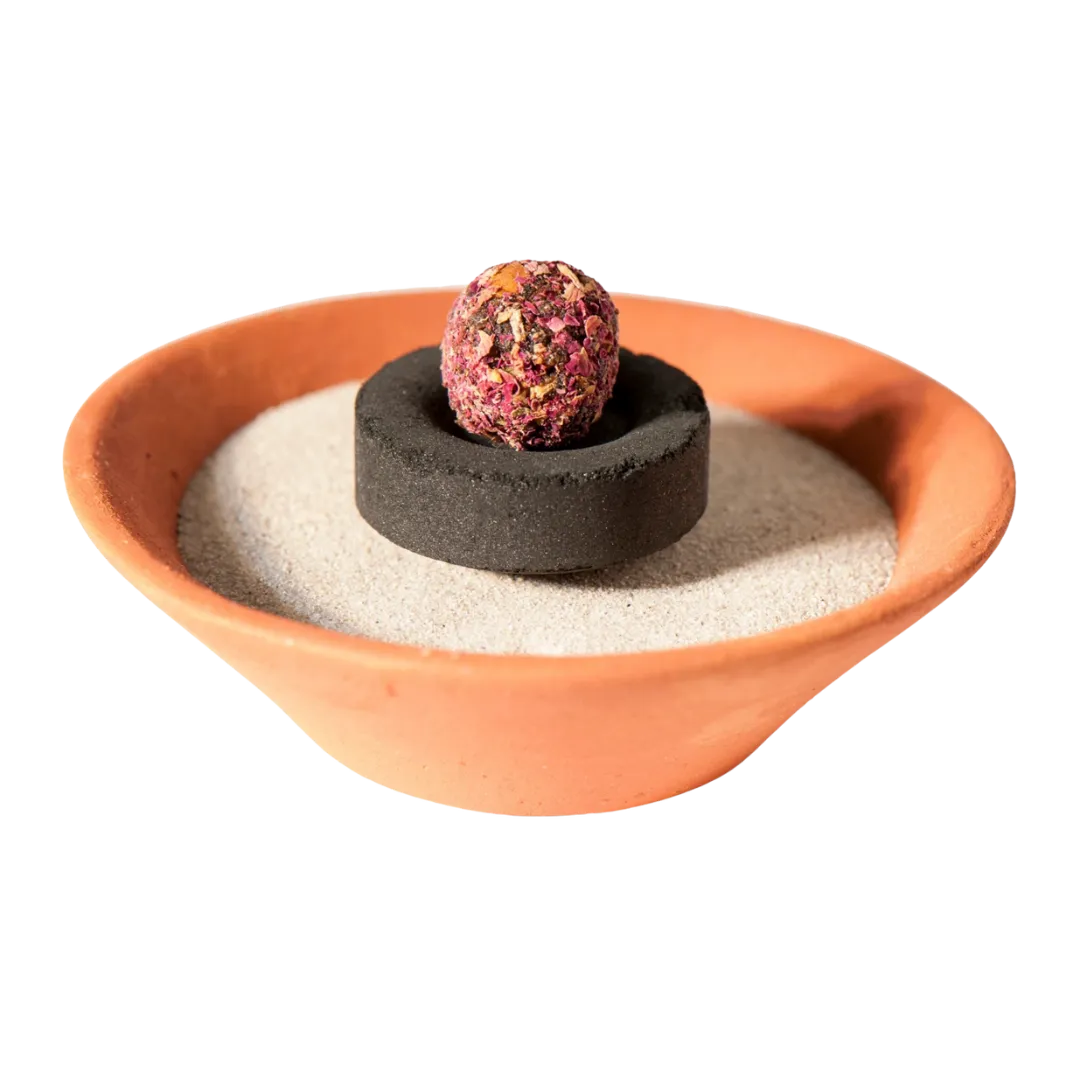
This course is equal parts history lesson and hands-on crafting adventure. You’ll learn to make your own high-vibe, low-toxin incense—from cones and sticks to loose blends and smudge bundles—without any of the synthetic junk you’ll find in mass-produced brands. No mystery fragrances, no weird binders, and absolutely no side of asthma.
By the end, you won’t just know the difference between myrrh and makko—you’ll be the kind of person who can spark up a hand-rolled incense rope and say, “This? Oh, it’s just antibacterial aromatherapy, ancient-style.”
Let’s make some smoke and raise some eyebrows. Your lungs (and your living room) will thank you.
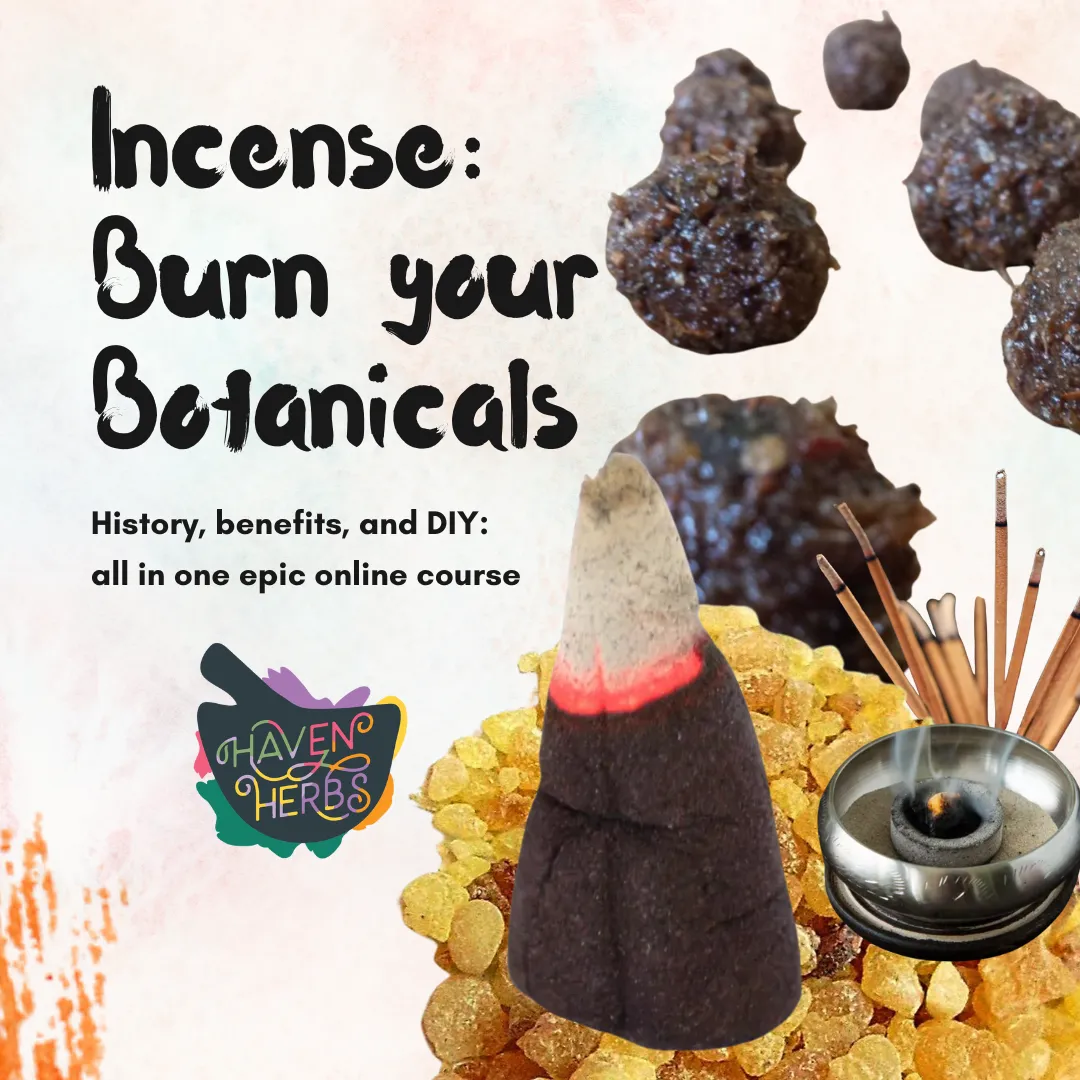
Incense: Burn Your Botanicals is affordable!
Two ways to pay!
Discounted one time payment, or installments!
We work to make learning herbalism affordable. If you want to pay in one lump sum of $250, you pay less. If you need payment options, we can enroll you for 5 payments of $55.
Contents
Unit One: Holy Smoke! A globe-trotting history of burning things on purpose
Since the dawn of time (or at least the dawn of noses), humans have been lighting plants on fire and calling it holy, helpful, or just plain heavenly. From smoky temples in Egypt to Himalayan mountain shrines, from ancient Roman altars to Mesoamerican ceremonial fires, every culture has had its own love affair with burning botanicals. Whether the goal was to talk to gods, keep demons at bay, mask the smell of unwashed humanity, or just vibe out, incense has been a universal language—spoken in smoke.
In this series, we’ll hop continents (and centuries) to explore the many ways humans have burned stuff on purpose. We’ll visit ancient Egypt’s sacred perfumeries and India’s bustling agarbatti streets. We’ll peek into the minimalist elegance of Japanese senkō, the spiraling coils of East Asia, the bundled herbs of the Americas, and the resin-rich rituals of the Middle East and Mediterranean. Each chapter dives into the scents, ceremonies, and sticky substances that shaped spiritual (and olfactory) history. So buckle up, buttercup—we’re lighting the match and taking the scenic route through global incense history. No passport required, but you might want to crack a window.
Unit Two: Totally Valid Reasons to Light It Up
Let’s get one thing out of the way: lighting incense isn’t just for crystal hoarders, monks, or that one aunt who still talks about her past lives. Nope—burning aromatic plants is a totally legit life choice, and humans have been doing it for thousands of years. Whether you’re setting the mood, setting intentions, or just setting off your smoke detector, there’s a reason (or ten) to indulge in a little purposeful combustion.
Need to cover up the scent of existential dread (or, y’know, your dog)? Incense has your back. Want to meditate, do ritual, journal, pray, or just not scream at your inbox? Burn a stick. Want to impress your guests with your worldly scent game? Coil it up, baby. From spiritual grounding to “I just want my living room to smell like a forest that makes good life choices,” there are as many reasons to burn incense as there are blends.

Unit Three: What's in that Smoke? A Global Guide to Common Incense Ingredients
From Sacred Trees to Spicy Sticks, let's go over what you can burn in this unit!
Incense has been burned across the world for millennia—to honor gods, cleanse spaces, chill out minds, and just plain make stuff smell amazing. But what’s actually in incense? Why do some blends soothe your soul, while others smell like they belong in the back of a head shop?
Let’s crack open the burner and sniff around. This unit is a global tour of the most common ingredients in incense—from spicy herbs to sacred resins, aromatic woods, and the stuff that makes it all burn (without setting your altar on fire).

Unit Four: Burn Baby, Burn! The Many Moods and Shapes of Incense
This is the unit where we dive into the wide, weird, and wonderful world of incense forms. You might think incense is just that one stick you light when your in-laws leave and you need to spiritually fumigate the living room—but oh, there’s so much more. Cones! Coils! Cakes! Ropes! Loose blends! Bundles! Heck, there’s even incense that comes in fancy little spirals like botanical snail art. We're about to cover it all.
Each style has its own vibe, its own origin story, and its own weird little demands. Some need special burners. Some just want a coal and a flat rock. Others? They’re high-maintenance and require incense pillows and a moment of silence. (Looking at you, Japanese kneeling sticks.)
Let’s break it down, shall we?

Unit Five: Smells Like Spirit: Ingredients That Make Your Incense Magical (and Functional)
An irreverent guide to the herbs, resins, and random powders you’re about to blend, burn, and bless.
Before we dive into the recipes (yes, they're coming!), let’s talk about what’s actually going into these smoky creations. Making incense isn’t just about throwing herbs into a bowl and hoping for a divine olfactory miracle. It's about choosing the right ingredients—resins that stick, herbs that heal, woods that smolder, and spices that slap.
You’re not just making things smell good (though, let’s be real—that’s half the fun). You’re crafting a sensory spell, a mood-shifter, a smoke-based statement. Each ingredient brings its own physical effect, spiritual vibe, and “what even is this and where do I get it?” factor. So let’s break it down.
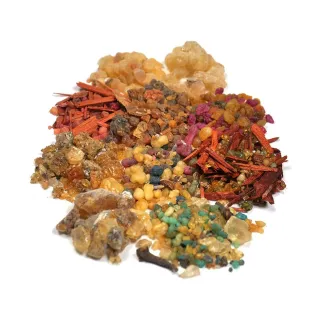
Unit Six: You've Got the Power (and the Powder) - Wrap-Up and Smoky Send-Off
Look at you! You came into this course smelling like skepticism and probably a bit of grocery store sandalwood—and now? You’re basically a high-functioning smoke wizard with historical knowledge, global cultural respect, and DIY incense swagger. Let’s take a moment to waft through all the magical ground we’ve covered: History, Geography, Techniques, Sustainability, and DIY.
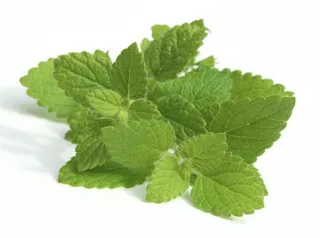
About Your Instructor
Lily Kunning
Botanical Badass
Your guide on this journey is Lily Kunning—clinical herbalist, educator, and the lead formulator behind Haven Herbs. With years of experience both in the classroom and in clinical practice, Lily blends practical know-how with deep plant wisdom. She created this course to help people access herbal knowledge in a way that’s approachable, empowering, and rooted in real-world use.
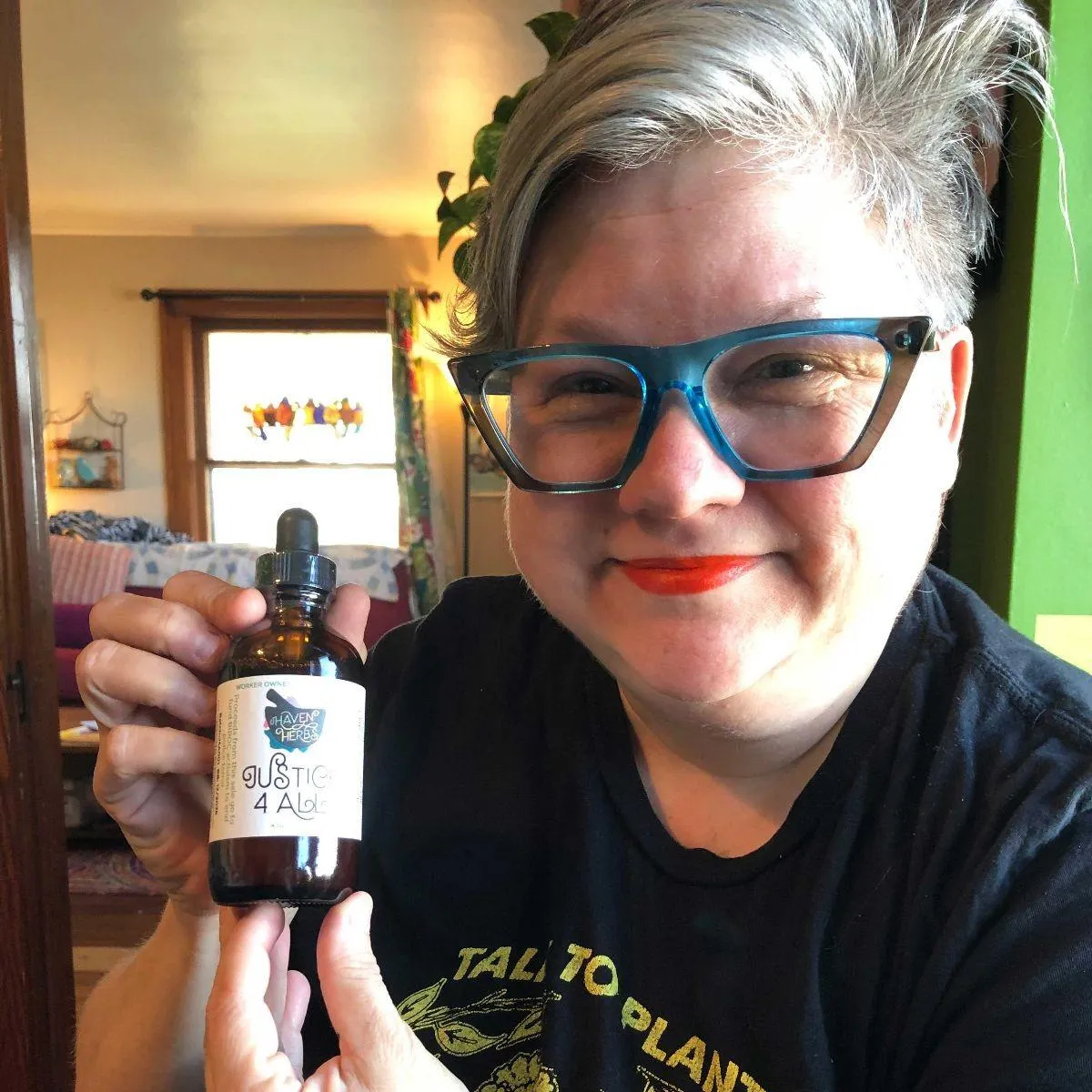
Join my email list
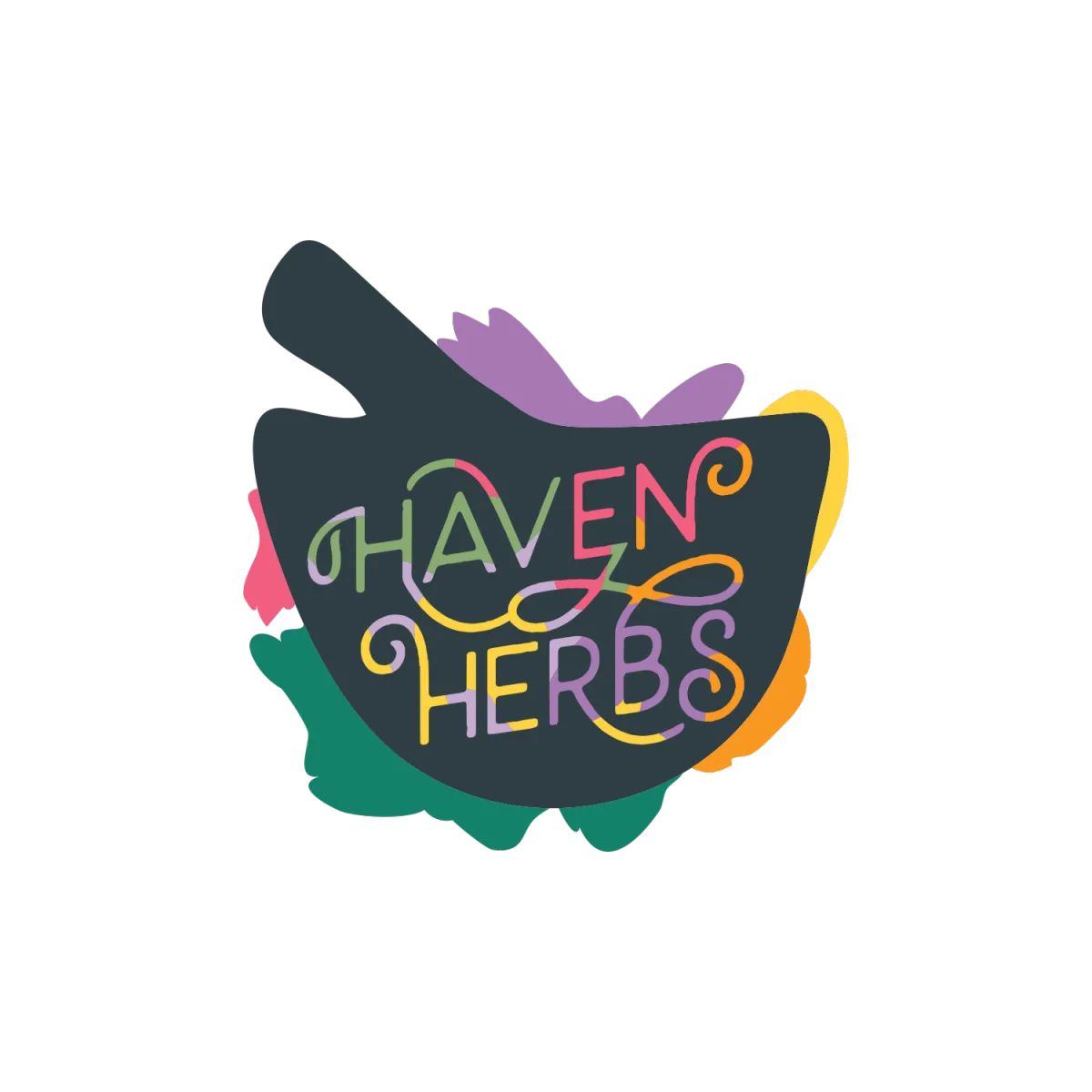
FOLLOW US
Copyright 2025. Lily Kunning's Account. All Rights Reserved.
